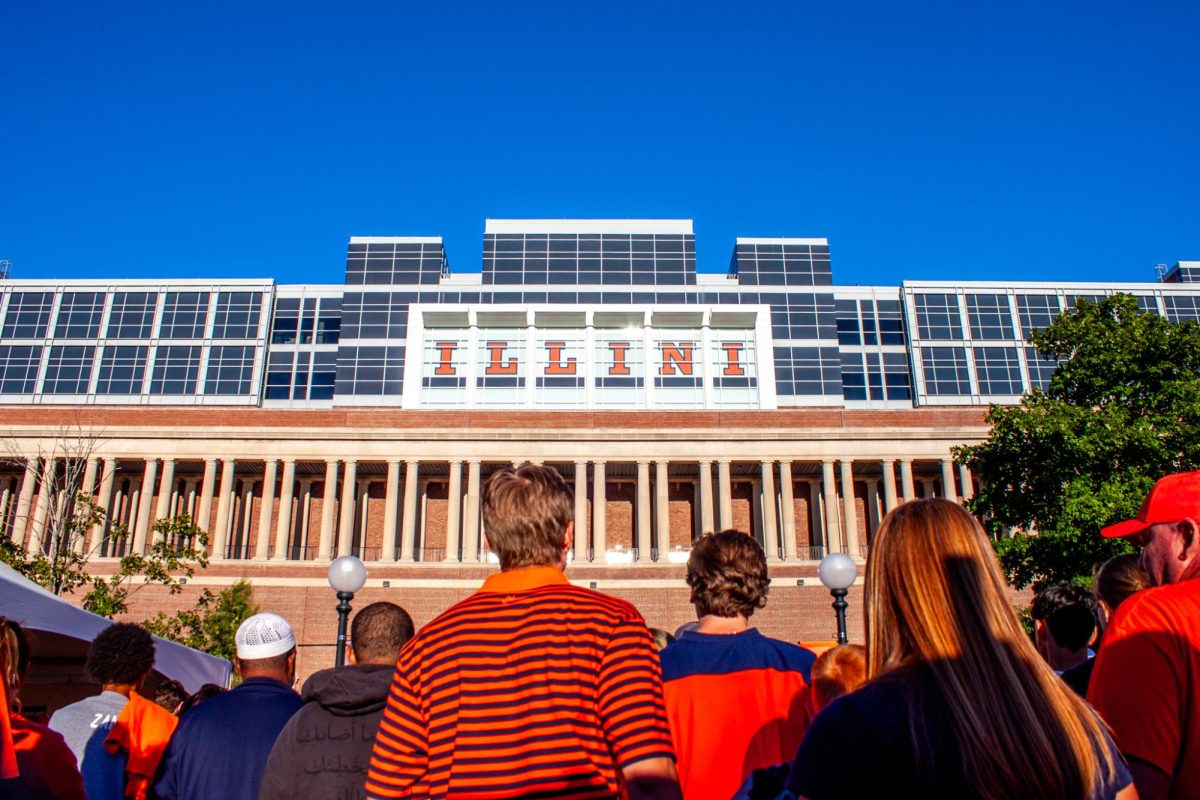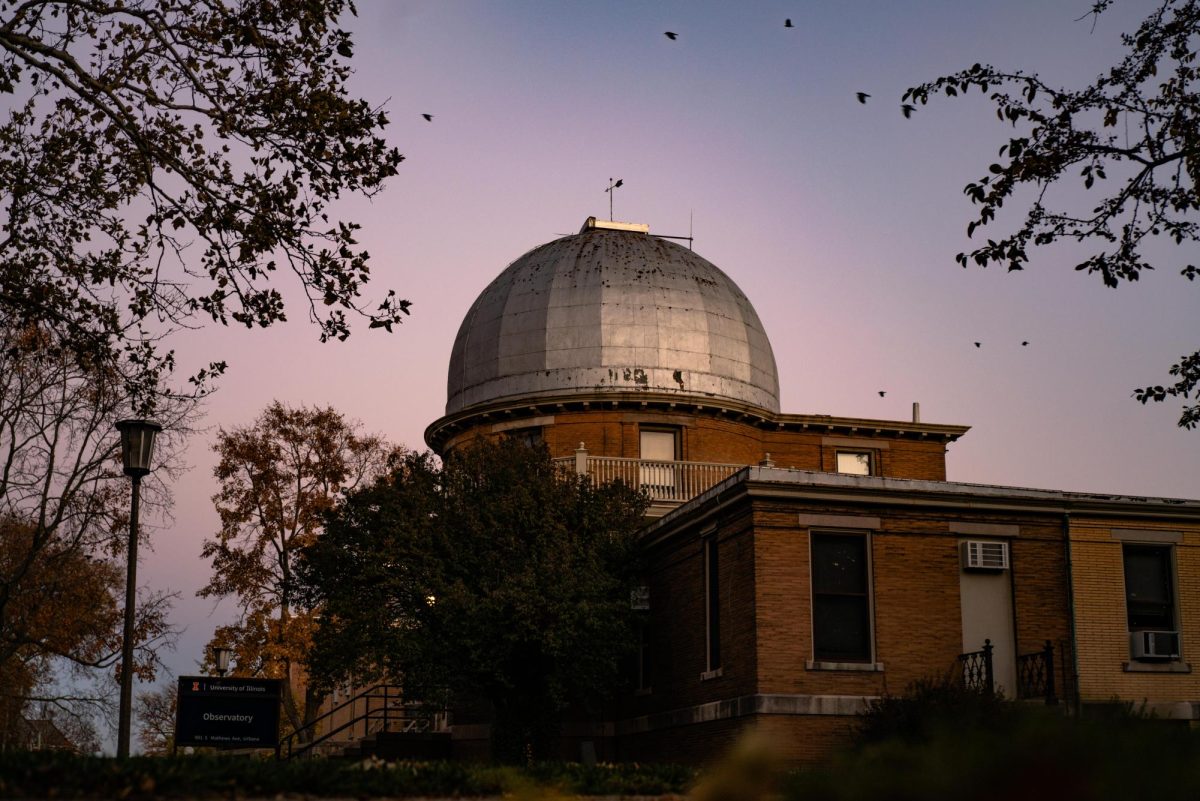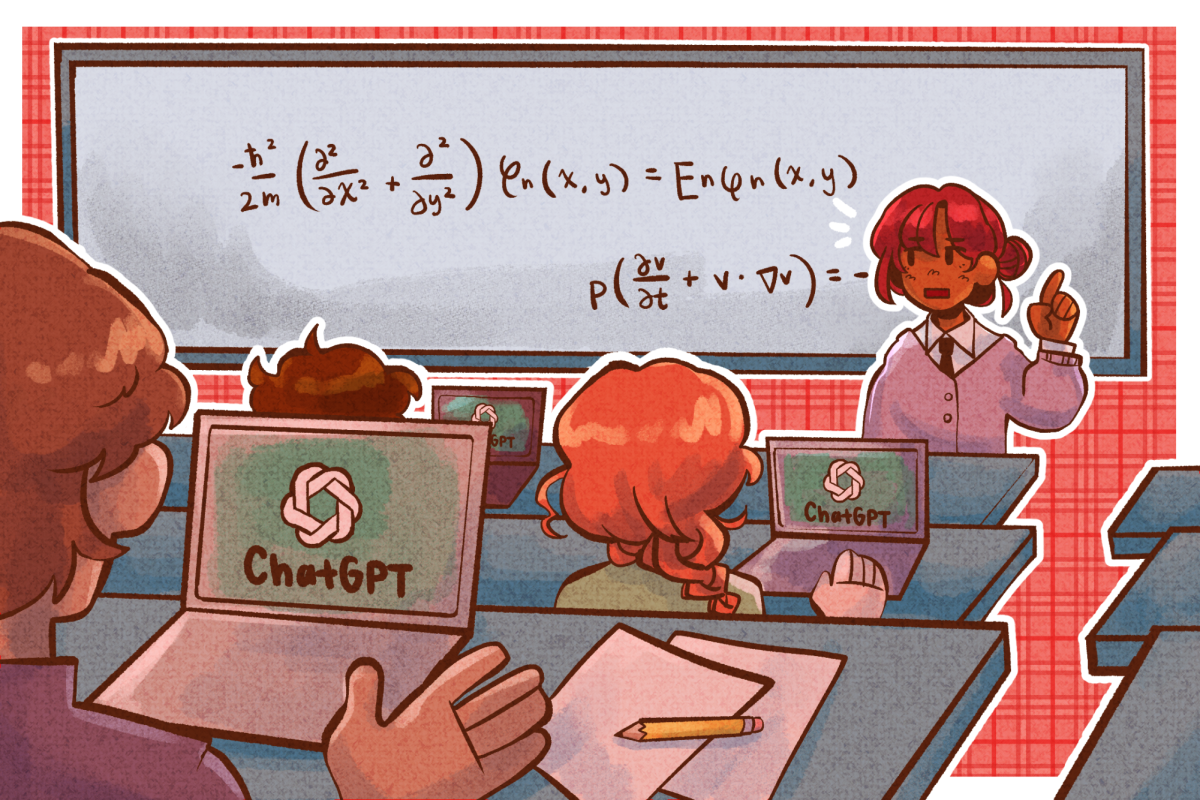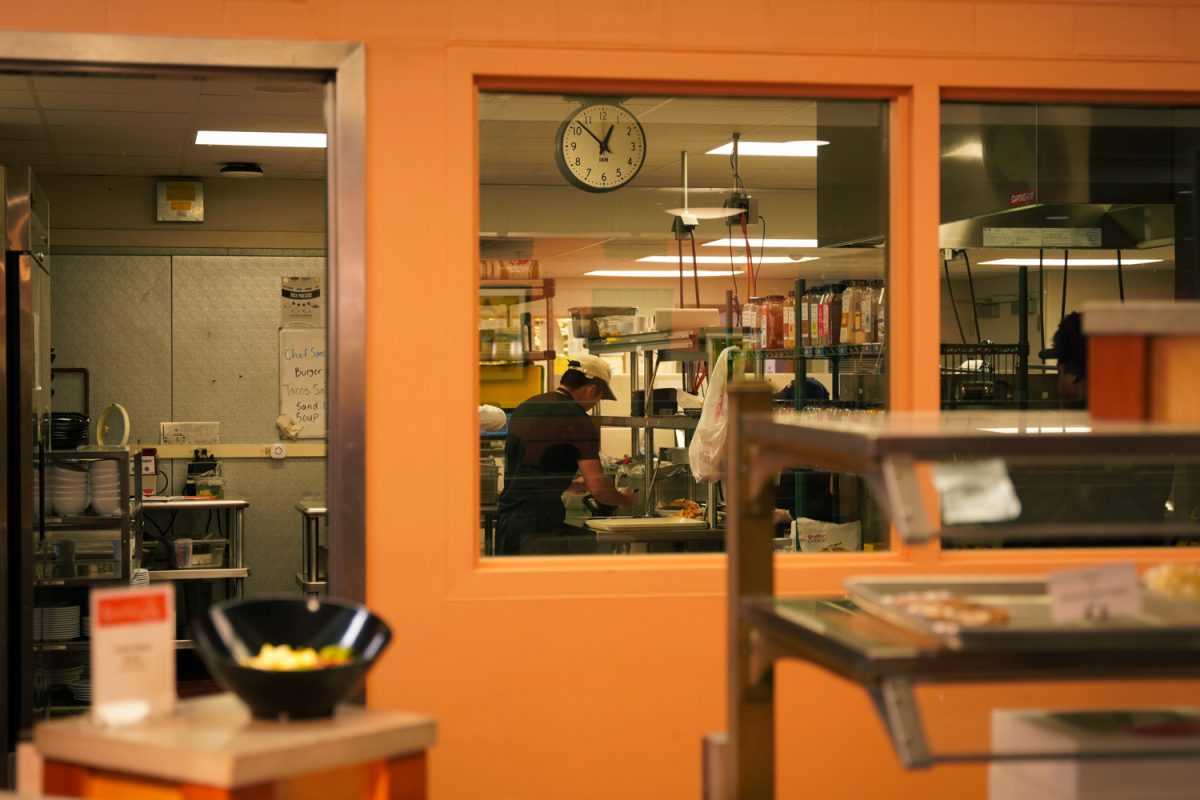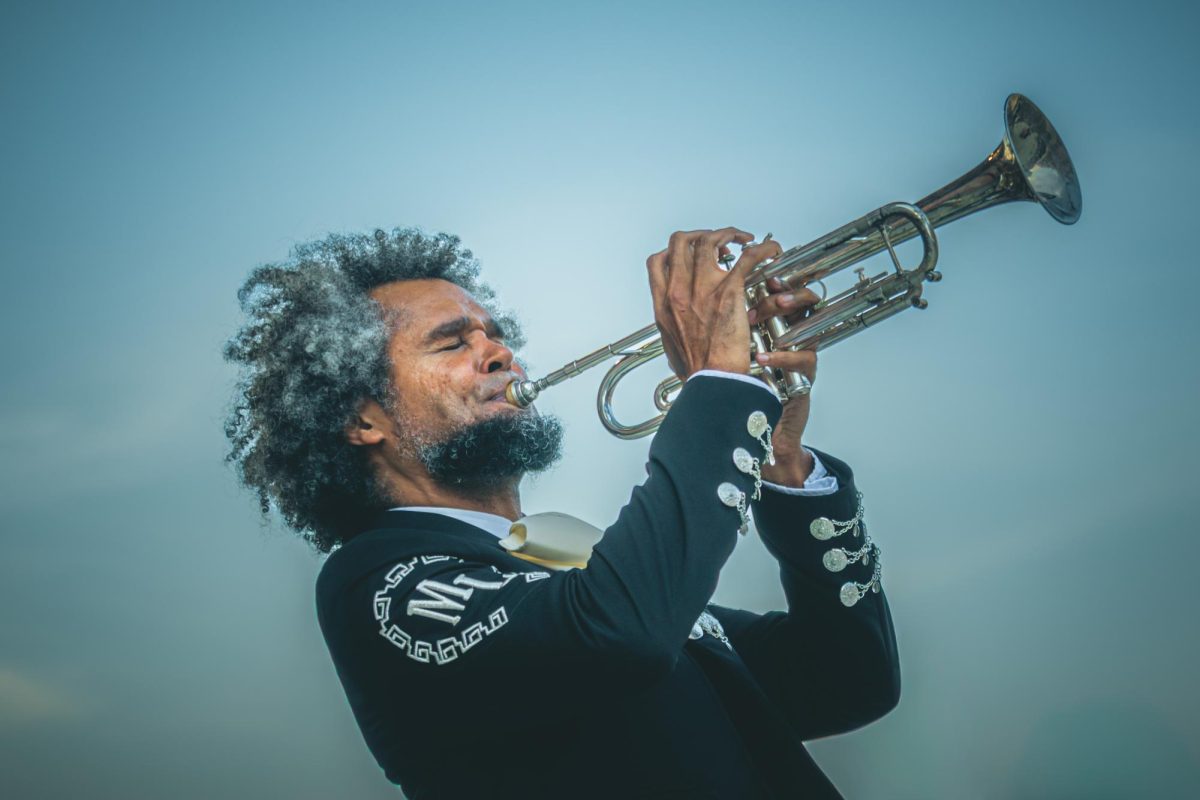Since the University’s beloved Memorial Stadium opened 100 years ago, it has become a home for many athletes, fans, students, alumni, families and friends and even a welcoming place for rivals.
Although Memorial Stadium is one of the 16 Memorial Stadiums in NCAA Division I Football and one of four stadiums in the Big Ten named “Memorial,” this Memorial Stadium has a history that is not only representative of the University but its students as well.
A few years after World War I, the idea for Memorial Stadium was introduced by then-head football coach Robert Zuppke and former athletic director George Huff.
Zuppke and Huff brought this idea to a meeting on April 25, 1921, where they painted a picture of a stadium that could potentially seat more than 70,000 fans to the crowd of over 6,000 students who gathered to attend the meeting and discuss the proposal.
While a new stadium that can accommodate an abundance of fans is ideal for any sporting event, it was not the sole reason for its creation. Zuppke and Huff explained to the crowd that the stadium was to be named in honor of the Illinois students and state residents who fought and even lost their lives in World War I.
Get The Daily Illini in your inbox!
As the meeting went on, the two men gained support and established their fundraising campaign, as $700,000 was pledged to the stadium’s construction on the spot. Their fundraising efforts ultimately earned donations from over 21,000 students, alumni and other various contributors.
After two years and approximately $1.7 million of donations spent on the stadium, it finally opened its doors on Nov. 3, 1923, as the Illini defeated the University of Chicago 7-0 during the year’s annual Homecoming game.
Despite the stadium’s opening and usage during the 1923 season, Zuppke requested that the stadium not be officially dedicated until an additional aspect of the stadium was complete.
Because of the stadium’s intended use to honor the 183 University students’ lives lost during World War I, Zuppke and Huff wanted to truly represent the students who sacrificed their lives for their nation during the war.
On the east and west sides of the stadium, there are 200 columns, each engraved with the name of one of the 183 students who gave their lives during the war. The columns were not finished until the season following the stadium’s opening.
Once the columns were finalized, they were unveiled on Oct. 18, 1924, the day the stadium was officially dedicated and named “Memorial Stadium” to honor the fallen University students. The day of the dedication was coupled with the University’s Homecoming, where Illinois went on to defeat the University of Michigan.
While the stadium was originally conceived as not only a place to play football but also a beautiful tribute to the heroic students who lost their lives, Memorial Stadium has embodied the true essence of the “circle of life” throughout the past century. The stadium has transformed from a solemn remembrance into the backdrop of countless cherished memories for the thousands who have passed through.
Memorial Stadium encompasses a large sense of the campus community and the pride many have felt through their time, past or present, at the University. Students who regularly perform on the stadium’s historic field shared how much it meant to them.
“Memorial stadium is what I like to think of as home,” said Lily Seifrid, sophomore in Education and member of Illinois’ All-Girl Cheerleading team.
“As I think back to my first time entering Memorial Stadium, I still get chills to this day,” Seifrid said. “Walking out and seeing the stadium packed with families, kids of all ages and students all just coming together to support one team is truly an unforgettable moment.”
Memorial Stadium is a large part of the University’s culture that represents the unity of many people who all have one thing in common — an overwhelming sense of excitement and pride for the Fighting Illini.
“Getting the opportunity to perform in Memorial Stadium will always hold a special place in my heart,” said Katelin Doughty, junior in Business and member of the Illinettes Dance Team. “The field is more than just a venue, but a symbol of the Illini spirit and tradition. Dancing on the field, surrounded by the sound of the loyal Illini fans, makes every rehearsal and performance worth it.”
Doughty highlighted the stadium’s crowd as an integral part of the experience of performing at such a historic venue.
“It’s a privilege to be part of something so meaningful and to share it with a crowd as passionate as the Illinois fans are,” Doughty said.
Kendall O’Keefe, junior in Media and member of the Illinettes Dance Team, said that Memorial Stadium is a crucial part of so many University experiences.
“I will never forget the first time I stepped into Memorial Stadium for our first performance at Sights and Sounds my freshmen year,” O’Keefe said. “The passion and loyalty that Illinois students have for our school was radiating through the stands and the stadium.”
From the initial weeks of one’s college experience at the University to gamedays and finally tossing your cap at graduation, Memorial Stadium is a huge part of the culture at the University of Illinois. What started as a monument to honor fallen soldiers has become key to many Illini students and fan’s most treasured moments.



